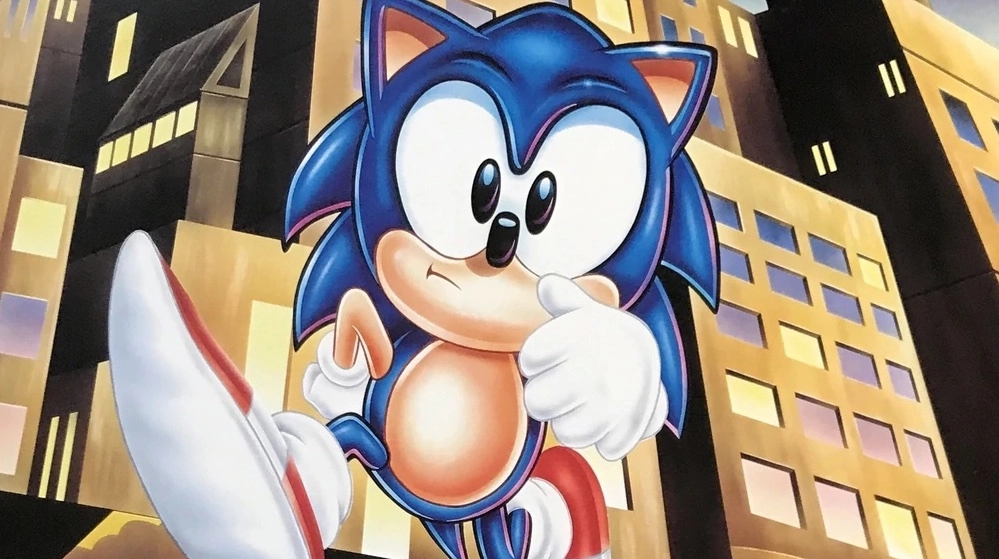
In the early 1990s, the gaming world witnessed a revolutionary moment with the birth of Sonic the Hedgehog. This feisty blue mascot not only became the face of Sega but also ushered in a new era of gaming culture known as 'Sonicmania.' Sega's former Group Director and Head of Marketing, Al Nilsen, played a key role in this transformation. Nilsen's journey with Sega started in 1989, right when the company was looking to establish a stronger foothold in the American market with its 16-bit console, Genesis.
Before joining Sega, Nilsen had gathered valuable experience working with toy giants Mattel and Hasbro. His expertise soon proved valuable as he helped introduce the Genesis to the US market. He was also involved in linking Sega with pop culture icons, including none other than Michael Jackson himself. Nilsen is credited with making Sonic a household name, impacting not just the fortunes of Genesis but of Sega itself.
In our opportunity to speak with Nilsen, he recounted his initial days at Sega and the pivotal moments that led to Sonic's creation. Nilsen's introduction to Sega was through a presentation he was asked to make, which sought to persuade Sega of Japan that the American branch was capable of successfully marketing the Genesis system.
One of Nilsen's earliest challenges with Sega involved a product called the TeleGenesis modem, which was intended to allow Genesis systems to connect via telephone lines. Although an innovative concept, the TeleGenesis modem did not see a wide release in the US due to cost and technical limitations.
In steering Sega of America's marketing, Nilsen found himself frequently working closely with Sega of Japan, often traveling to ensure synchronization across product development, manufacturing schedules, and the introduction of new products.
His remarkable journey also found him being the contact point between Sega and Michael Jackson, working closely with the King of Pop on joint ventures like the “Michael Jackson's Moonwalker” arcade and Genesis games. The collaboration was a testament to Sega's willingness to merge gaming with broader pop culture trends—a move that paid dividends in terms of brand visibility and appeal.
Sonic's introduction to the Genesis lineup was a game-changer. Nilsen vividly remembered the first time he saw Sonic's speedy looping action on a wireframe demo and the lush, vibrant colors of Green Hill Zone. Sega knew they had something special, but it was the marketing genius behind Sonic's introduction that would cement his legacy.
Nilsen, along with his team, set out to craft a marketing strategy that would put Sonic in every possible spotlight. Sega's preparation for Sonic's launch included keeping the character under wraps, only to unleash him spectacularly just before the 1991 Consumer Electronics Show. Sonic was directly pitted against Nintendo's Mario in head-to-head comparisons that showcased Sonic's superior speed and Sega's bold color palette over Nintendo's Super Mario World.
The strategy extended beyond just advertisements and trade shows. Sega conducted a nationwide mall tour where consumers could play both Sonic and Super Mario World, encouraging them to vote for their favorite. Impressively, in a survey, Sonic received overwhelming preference even in areas close to Nintendo's headquarters.
Sonic's fame grew as Sega built upon its strategy, packing Sonic games with consoles and ensuring that Sonic merchandising was omnipresent from toy stores to retail shelves. Through television campaigns, public events, and relentless public relations efforts, Sonic became more than just a game character—he became a cultural phenomenon.
Despite the success, Nilsen noticed a gradual shift in Sega's decision-making process, with the Japanese arm of the company beginning to make more decisions without consulting their American counterparts. This, combined with the demanding nature of his global role that offered less hands-on product work in the US, led him to decide that it was time to move on in 1993.
Nilsen's departure from Sega marked the end of an era. Sonic had already stamped his mark on the gaming world, and Sega had firmly established itself as a major player in the industry. The strategies that Nilsen and his team had put in place continued to influence Sega's approach in the coming years. However, as he moved on to new opportunities, Sega would face its own set of challenges as the gaming industry continued to evolve.
The Sonic saga serves as a prime example of how innovative marketing, when combined with a strong product, can create an enduring legacy. Al Nilsen's narrative provides invaluable insights into the creation and rise of one of gaming’s most iconic characters and how a dedicated team capitalized on a unique opportunity to change the face of an industry.
You must be logged in to post a comment!